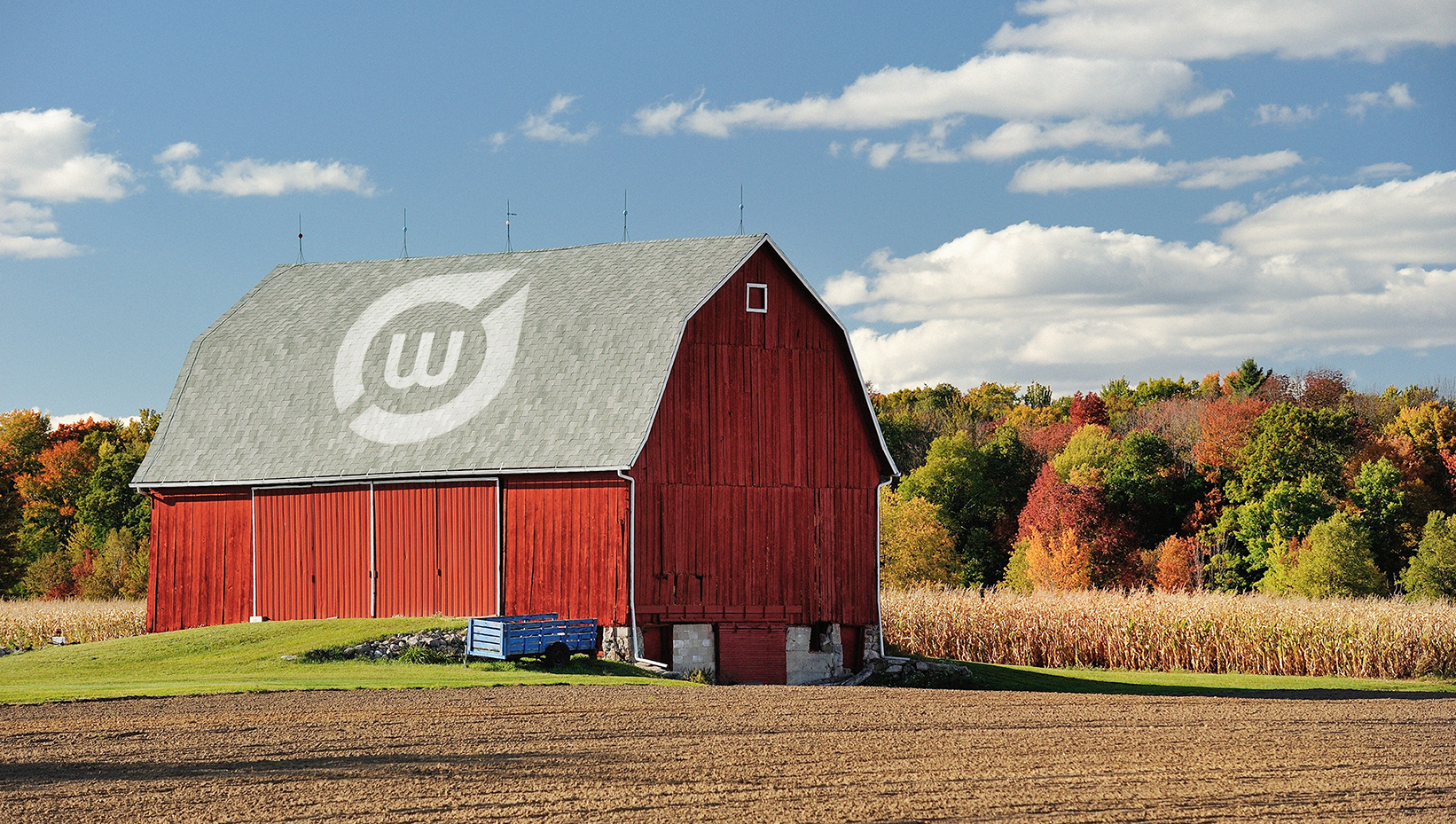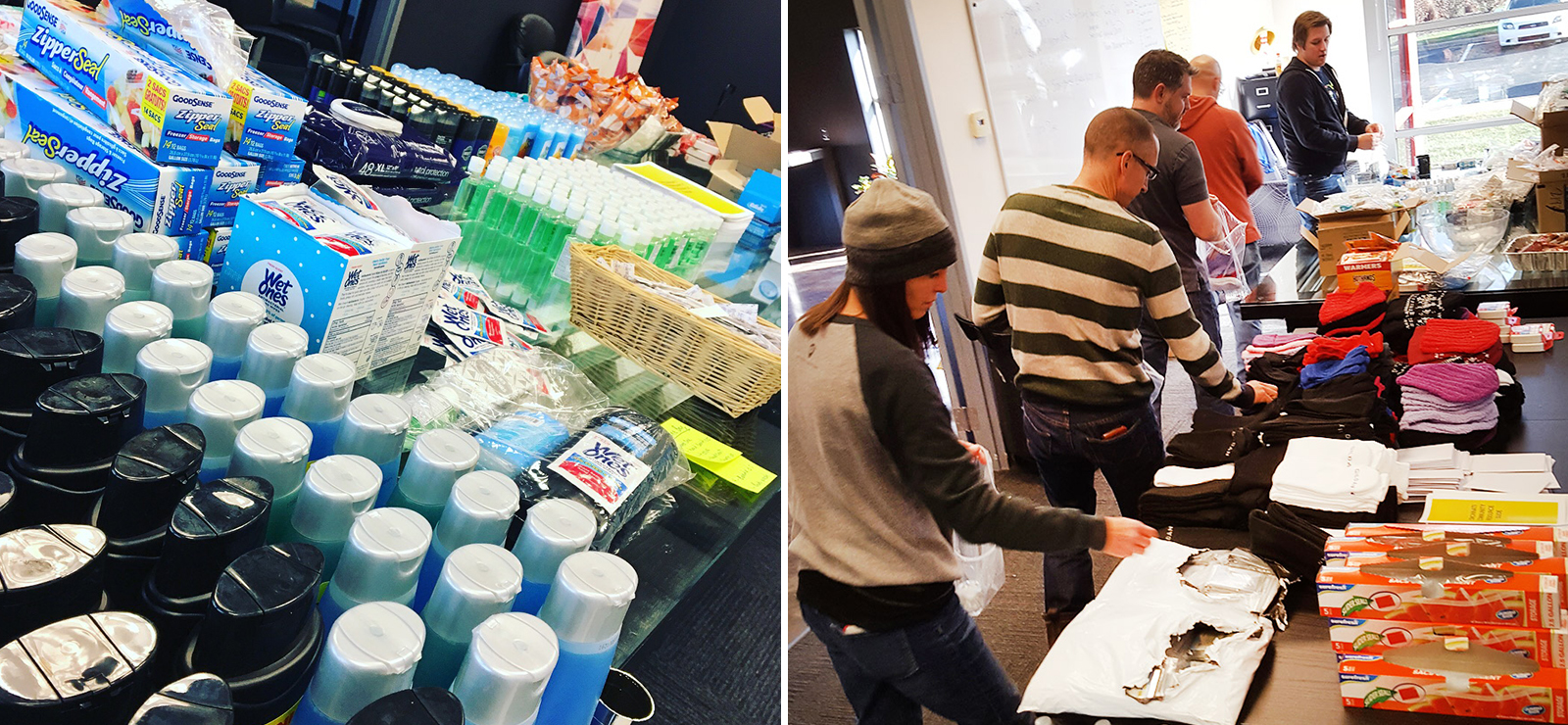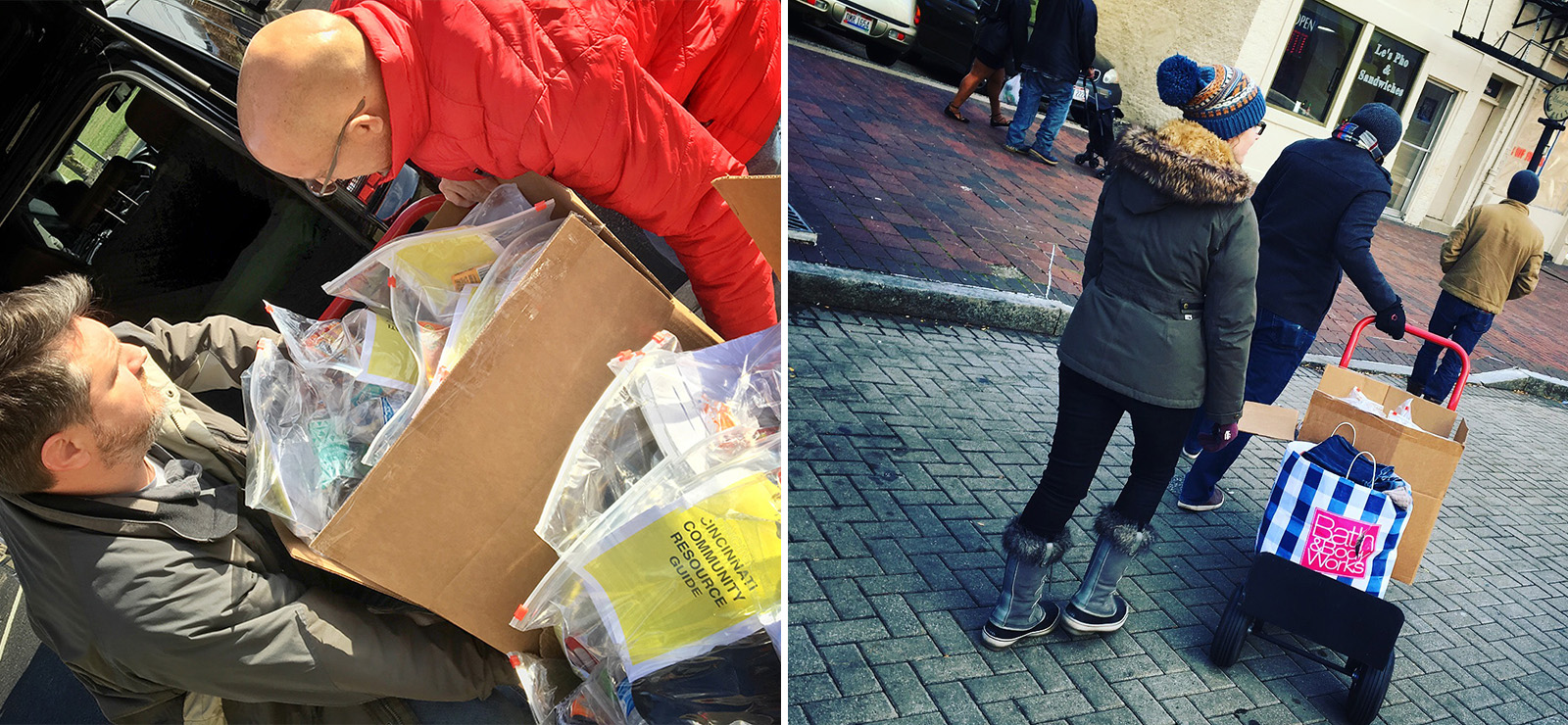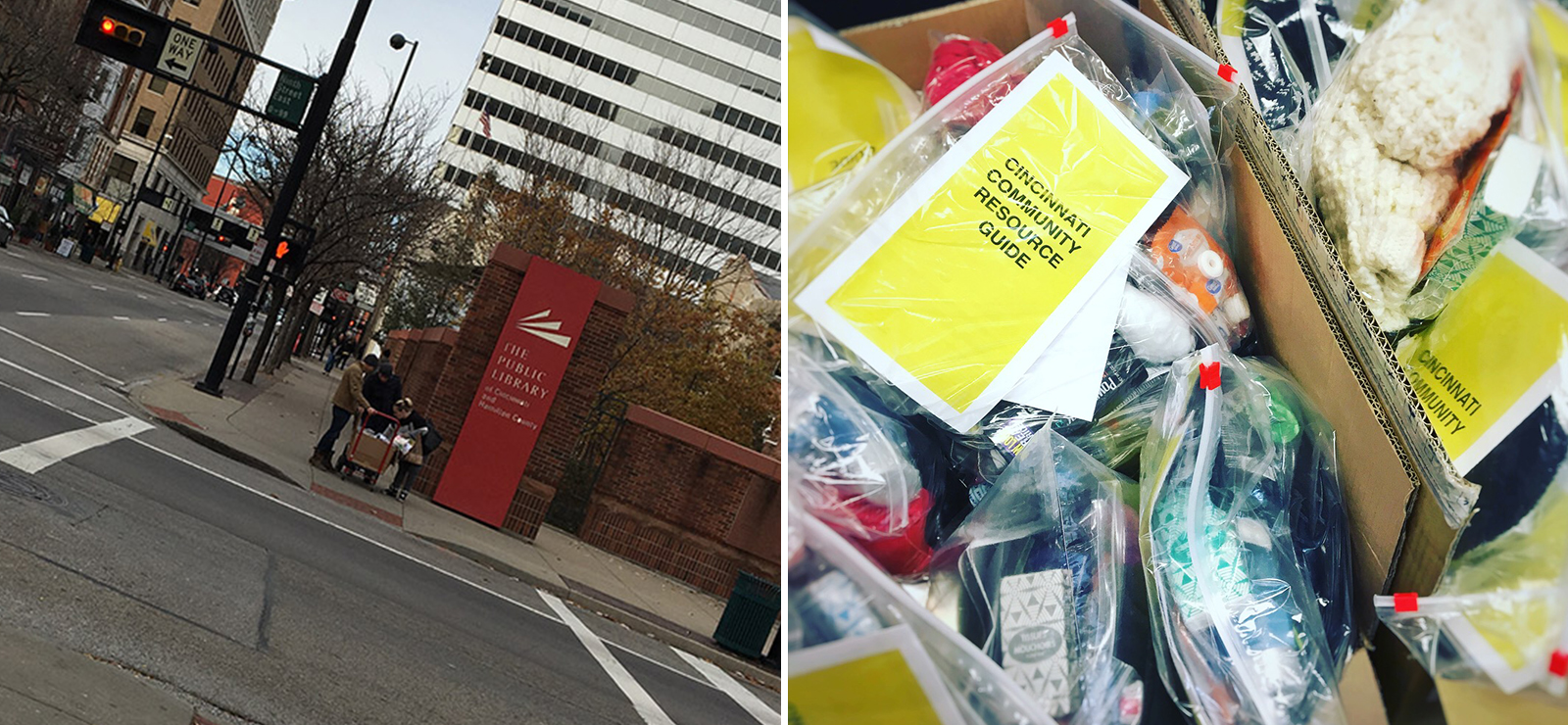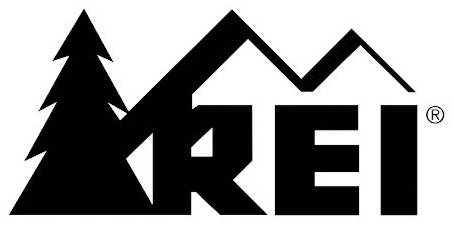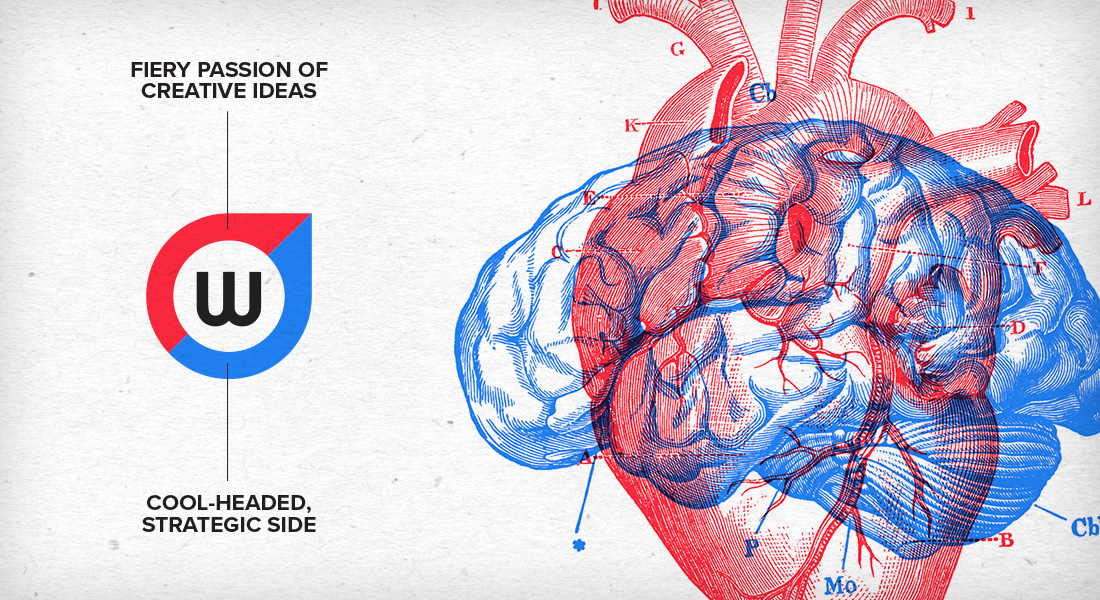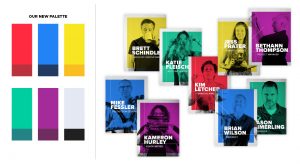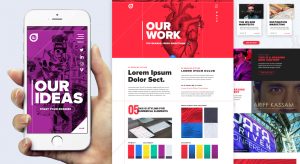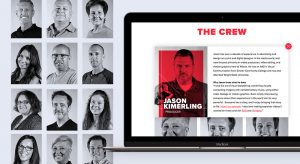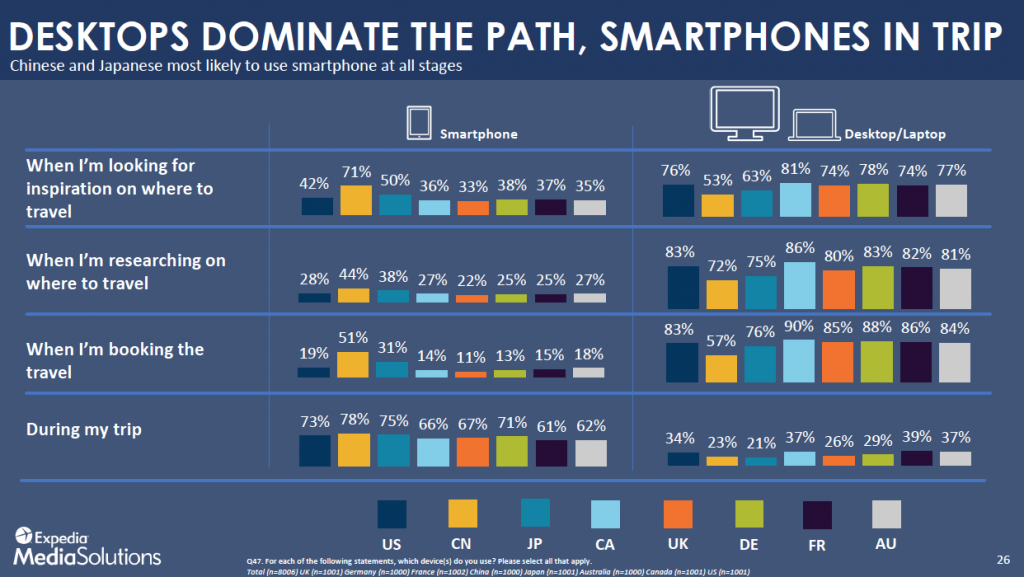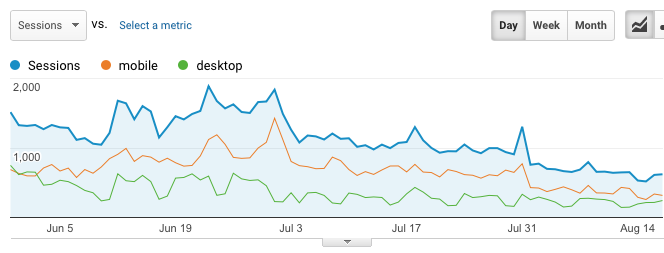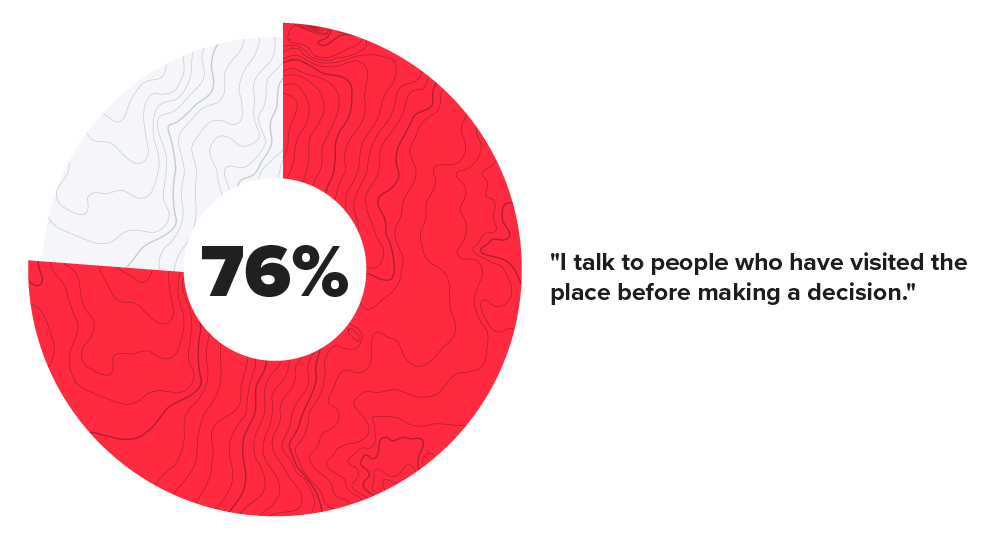It has to be just right.
Whether you’re talking about a product name, tagline, or a theme that is something on which everyone will agree, reaching consensus beyond that it has to be “right” can be more problematic. How do you consider different ideas so that the best of the best can rise to the top? It helps to know specifically what you are looking for. To help reach that goal, a set of questions can help to distil your ideas to those that have “it” and those that don’t, putting you on the track to the right one. When employed in a kickoff meeting or early brainstorming session, it is a great way to get everyone moving in the same direction with an understanding of what the “right one” looks like—more specific than I’ll know it when I see it.
Following are just a few example questions that can serve as a filter to help you find the message and words you need.
Does it align with the brand position?
This is the very first step, no exceptions. If it doesn’t align with the brand position, put it to the side and move on. If you don’t know what the brand position is, you’re not ready to start this exercise. Go and immediately figure this out.
Does it have passion?
No matter how logical humans want to appear or believe that is their motivation, passion is what causes movement. The more the better.
Does it have action?
When your goal is to create excitement and a result (that is your goal, right?) you need action. It’s no secret that more words don’t connote the correct level of action than do. Words like connote. Google™ search “active words” if you’re stuck here.
Does it look forward?
In most cases, you want to your message to be leaning into the future rather than resting on what used to be. Just as a matter of course, pursue the forward options first.
Is it relevant?
The big question for the audience, “why does it matter,” is something that can’t be ignored–or your message will be. Tell them.
Do you have credibility here?
If the message isn’t authentic or realistic, the audience will call b@ll s#!t. Or they’ll not even bother to call you at all. Neither result is acceptable.
Can you own it?
If there other players in the same area, either competitors or cross-industry organizations talking in a similar fashion, shift to something that is unique and that only you offer. And if there are bit players here that you can beat, beat them soundly in every way possible.
What will be an engineer’s literal translation?
You know this person, the one that never sees any subtleties, just black and white, yes or no. When they read it, what will they take away?
Is it too clever for business?
Will everybody get it? The message should be able to stand alone. Just like when you have to explain a joke—if it needs further explanation, you’ve missed the mark.
Can it be misread?
Does it have more than one meaning? If there are two ways that something can be interpreted, it’s going to happen. And someone will gravitate to the least favorable or flattering option.
These are just a few examples of the types of questions you can ask to get you closer to your perfect communication. What questions or filters would you add?
One caveat is don’t expect any idea to pass all of the criteria. If you’re trying to please everyone, you’ll please no one. But be aware of them. When you do that, you’ll know that you found the right one when you see it by all of the check marks beside it.
Download Checklist
What’s The Process Look Like? See For Yourself
Are you interested in other processes that can help lead to more effective communications?
Contact us, we’d love to chat, or subscribe to our newsletter for all of the latest news.
Learn more about how legacy brands can connect with new audiences in our ebook, Five Gates of Branding.
Get the eBook
Tags |
